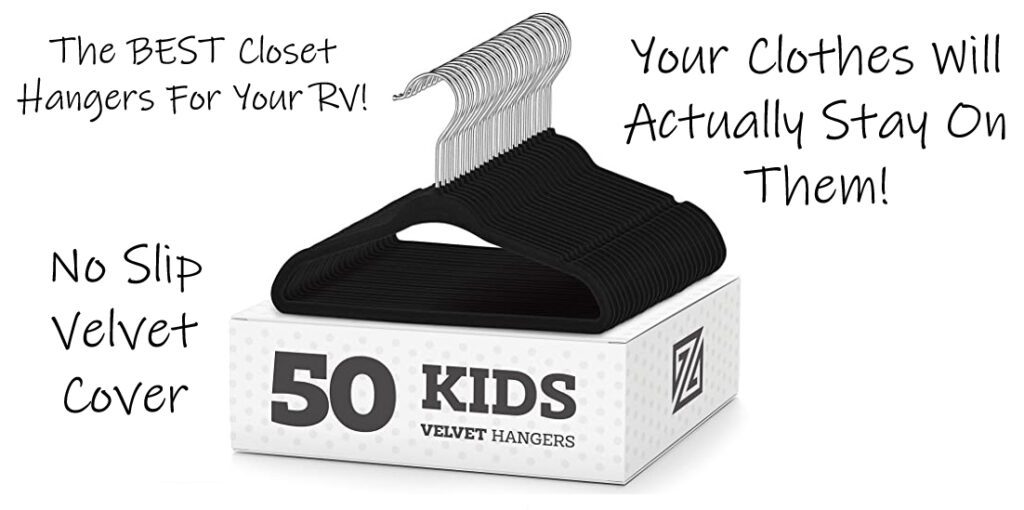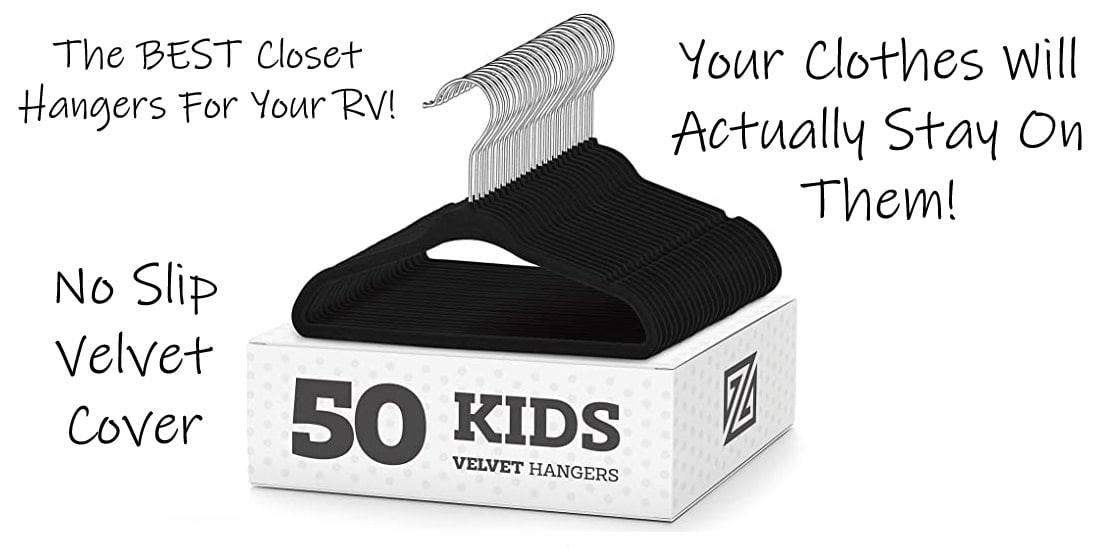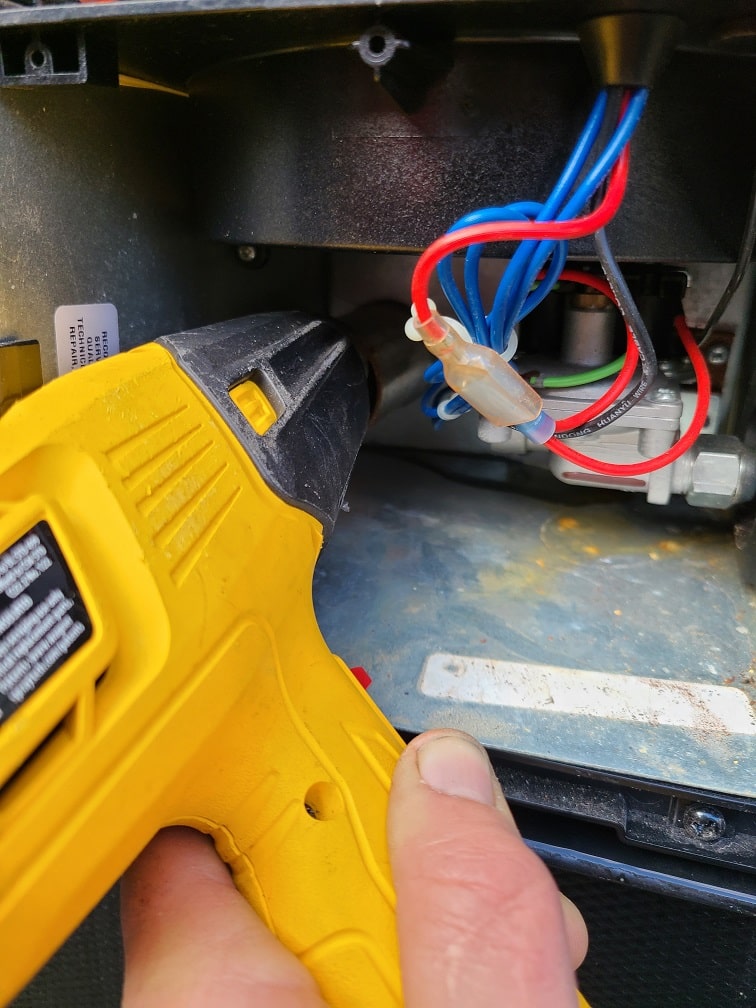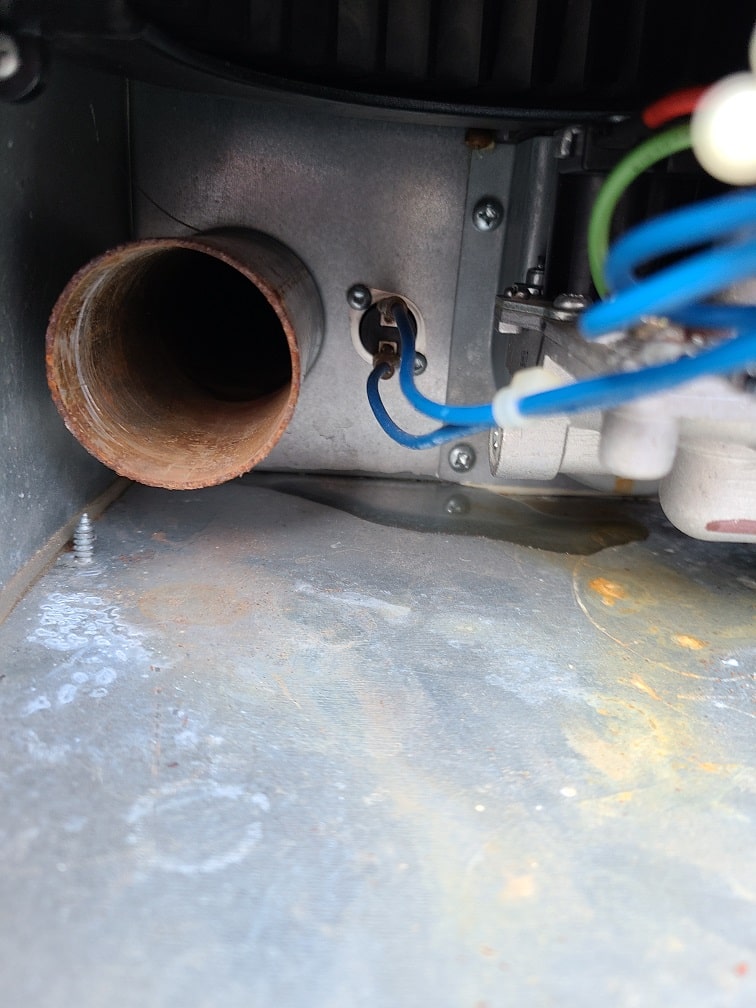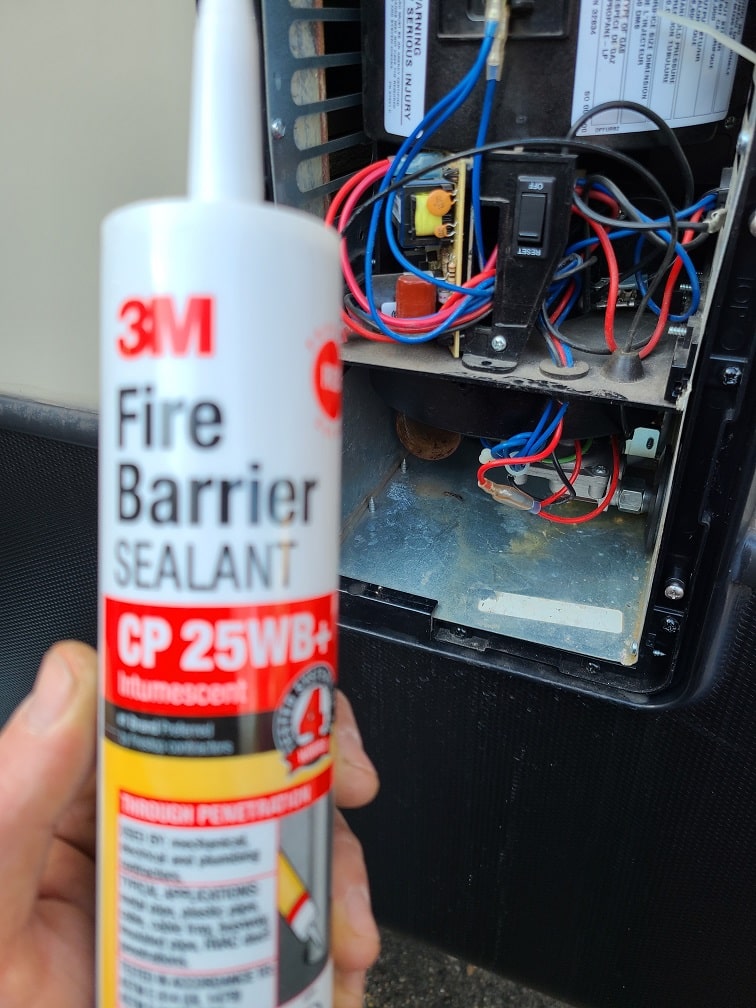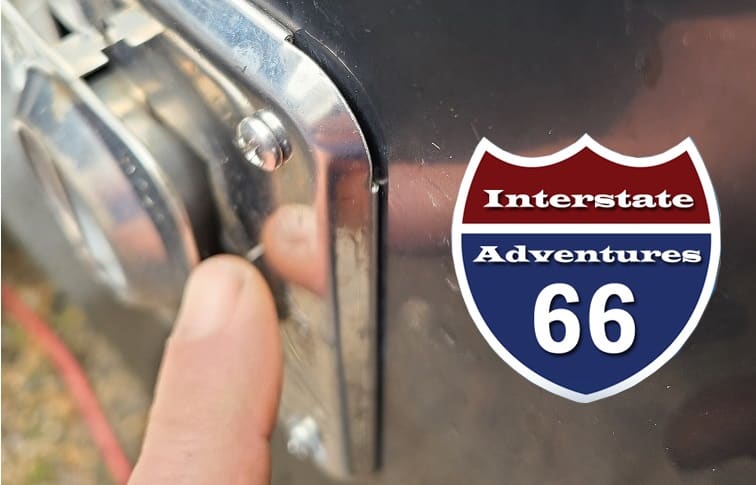 rv furnace wont light in the rain
rv furnace wont light in the rain
So now that we have owned our new RV for a whole week, we came across its first problem, the RV Furnace wouldn’t light when it was raining. On the plus side, we were only camping out in our driveway, waiting to see if there were any issues before we took it out on the road.
After it stopped raining I pulled the outside cover off the RV furnace to see what was going on, and found a puddle of water in the bottom of it. Awesome.

The puddle of water runs to the back of the component area of the furnace, and actually into the fire box of the furnace. When the furnace would try to light i could hear the gas flowing and the ignitor sparking, and it would sometimes fire for a second or two, but the flame would sputter and go out.
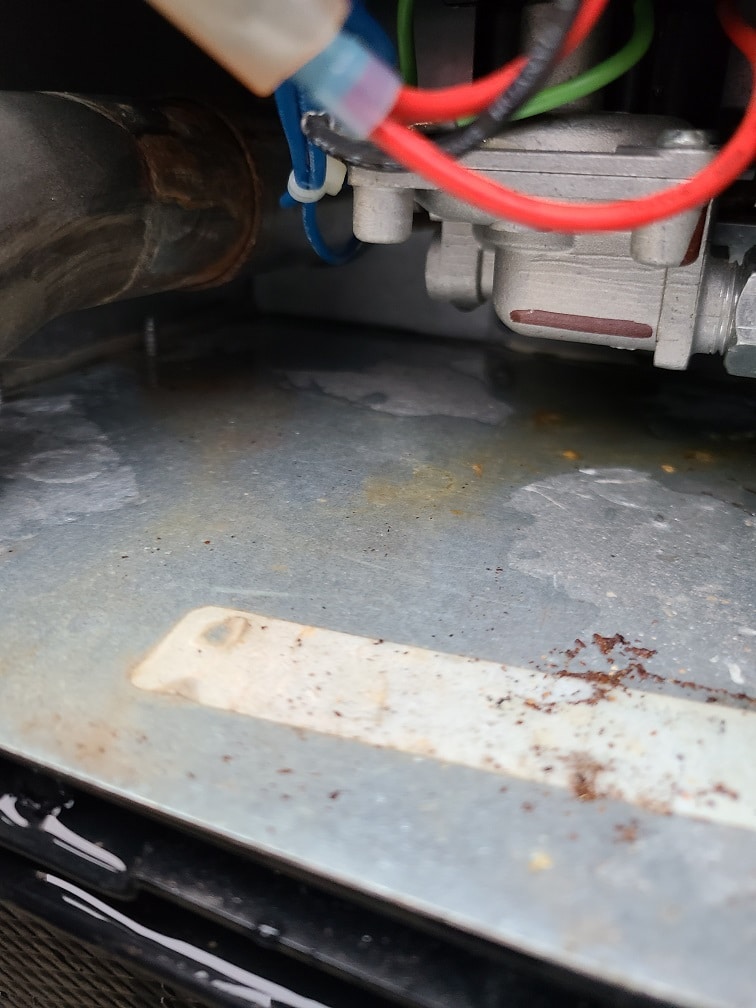
When the blower would kick on it was blowing the water around in the firebox dowsing the flame and causing the furnace to not light, or go out right after it did.

So step one of the fix is to get it all dried out. I used a heat gun to pump hot air into the firebox through the exhaust tube. If you don’t have a heat gun, a hair dryer will work as well.
After getting it nice and dry, I took a ride to the home improvement store to get something to seal the bottom of the firebox area so hopefully this is only a one time headache.
Glad I did because when I got back I found that more water had seeped out of the firebox and it must not be completely dry inside. So back to the heat gun for a bit.
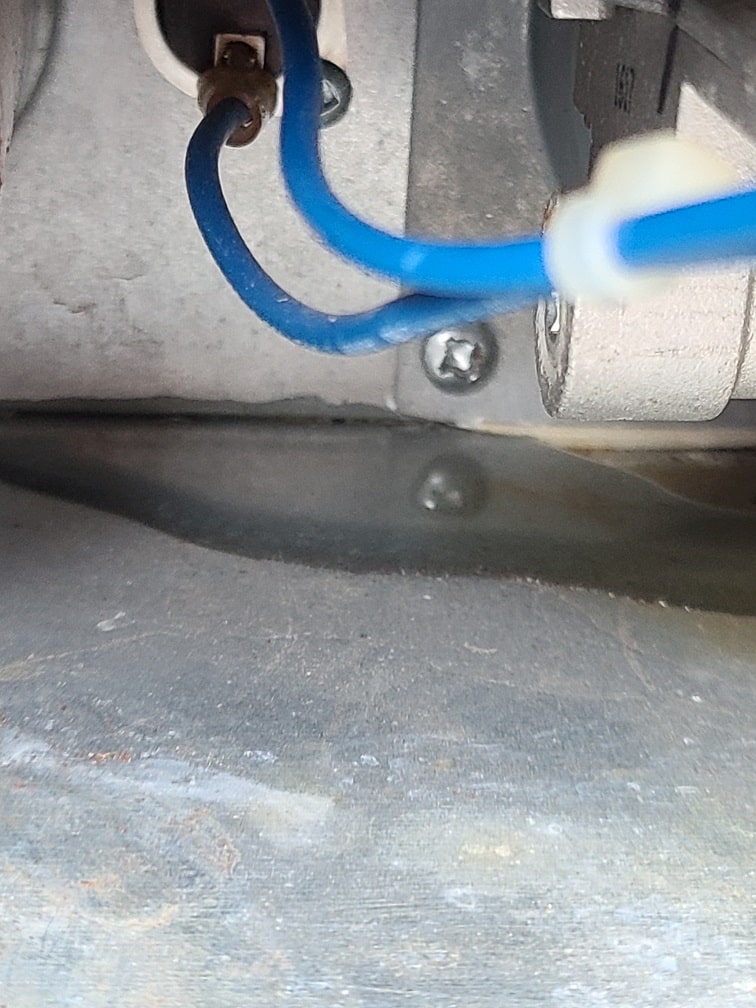
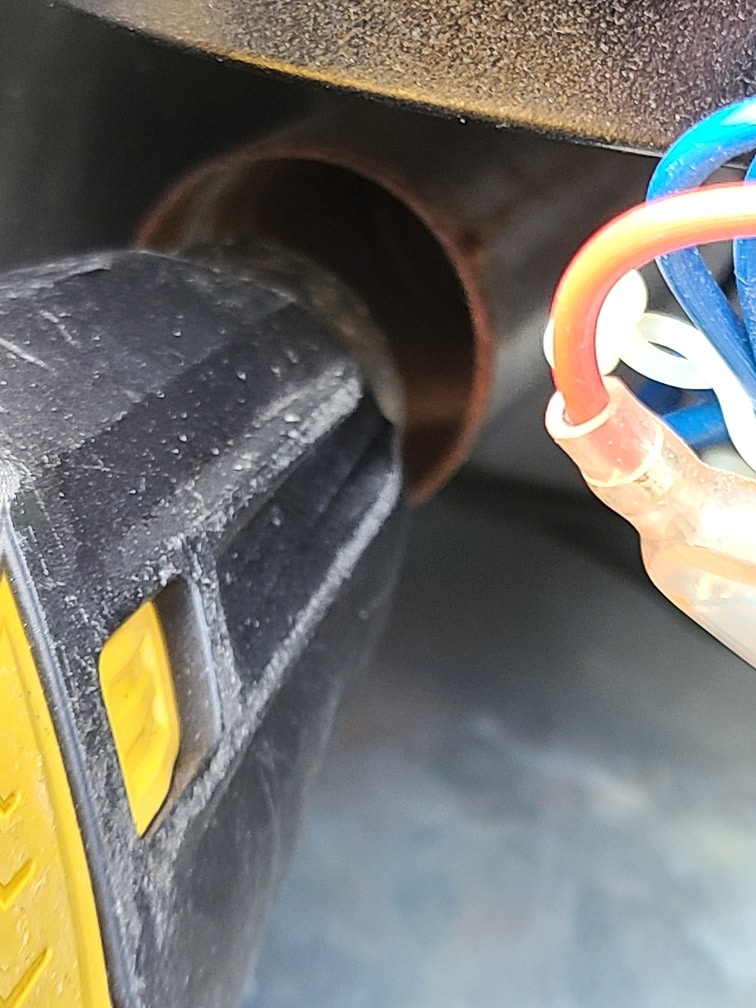
After I was sure it was good and dry, I turned the reset switch back on, and let the furnace try to light. It lit as normal, so I went and got a fresh cup of coffee, then came back outside and turned it off. Then back on, sip some coffee, lights good, shut it off. Then back on, sip some coffee, lights good, shut it off. You get the idea here. Now I’m sure the water was the issue and we are good to go forward with the permanent fix.
Grab the fireproof sealant that you picked up that is made specifically for this type of application.
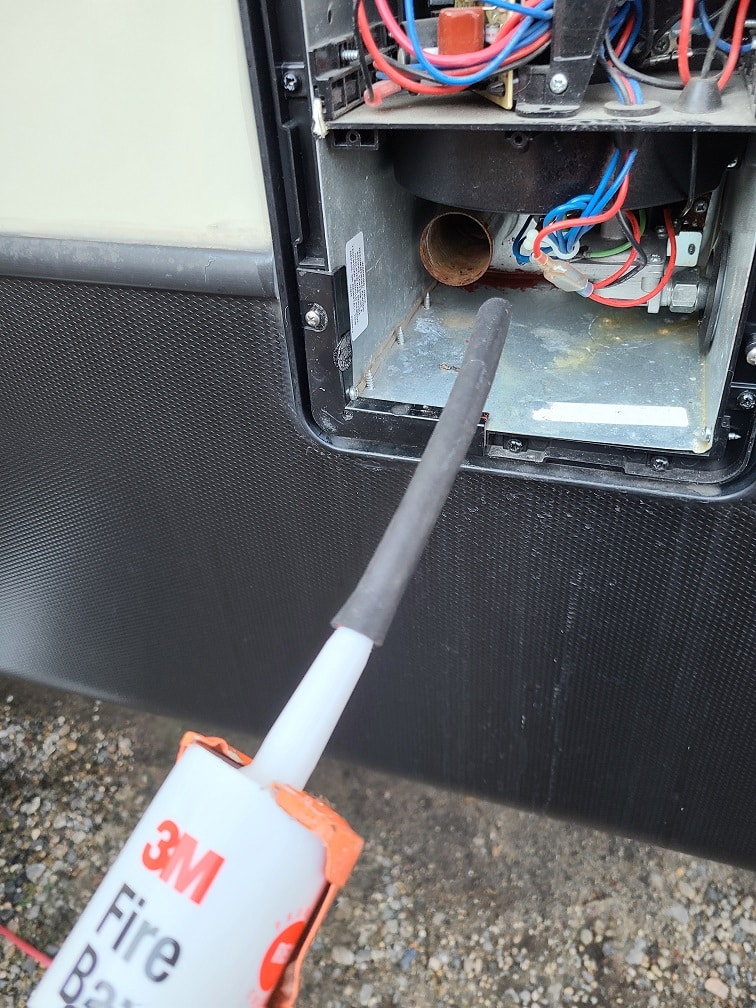
The exhaust tube was longer than the caulk nozzle, so I added a piece of rubber hose in order to reach the area the water was seeping into the firebox.
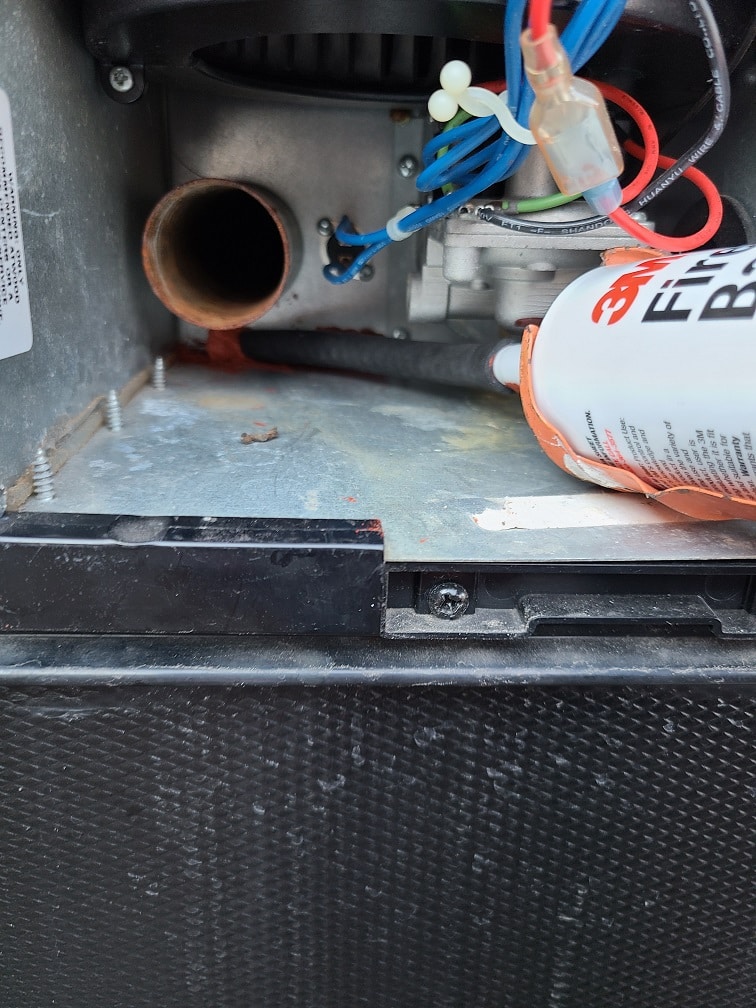
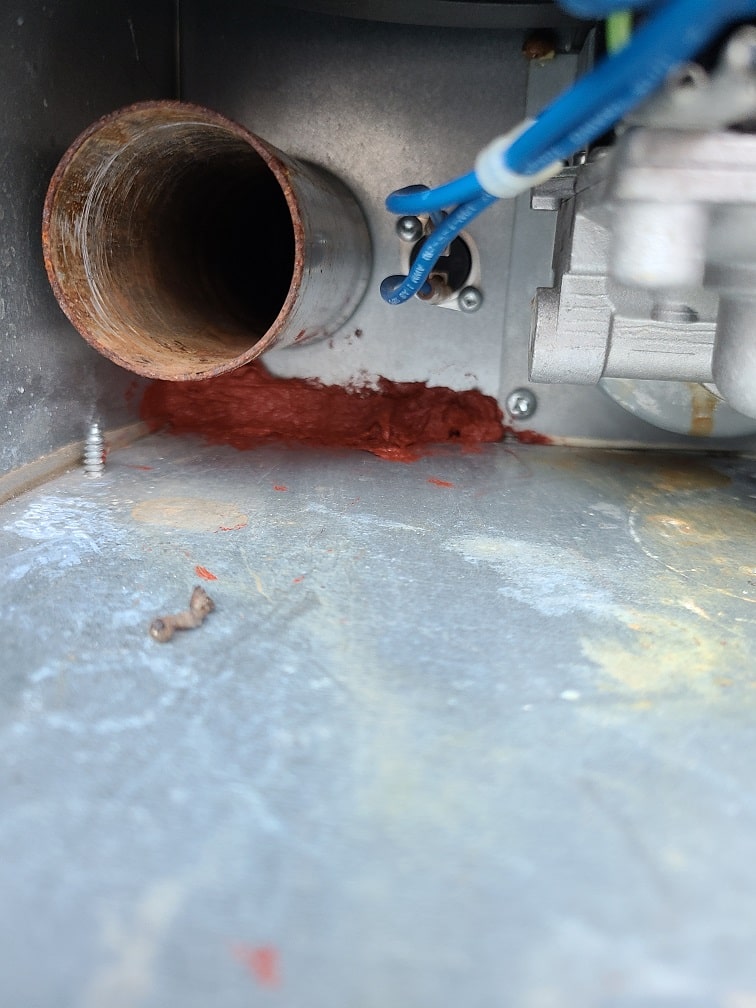
All sealed up so water can puddle up and make its way into the firebox in the future.

Pro Tip: Turn the furnace back on before putting the outside covers back on. Then you can skip the step where you go inside and crank up the thermostat and nothing happens, and have to take all the covers back off just to flip the switch on.
Hope this helps someone one day, if so let us know!


